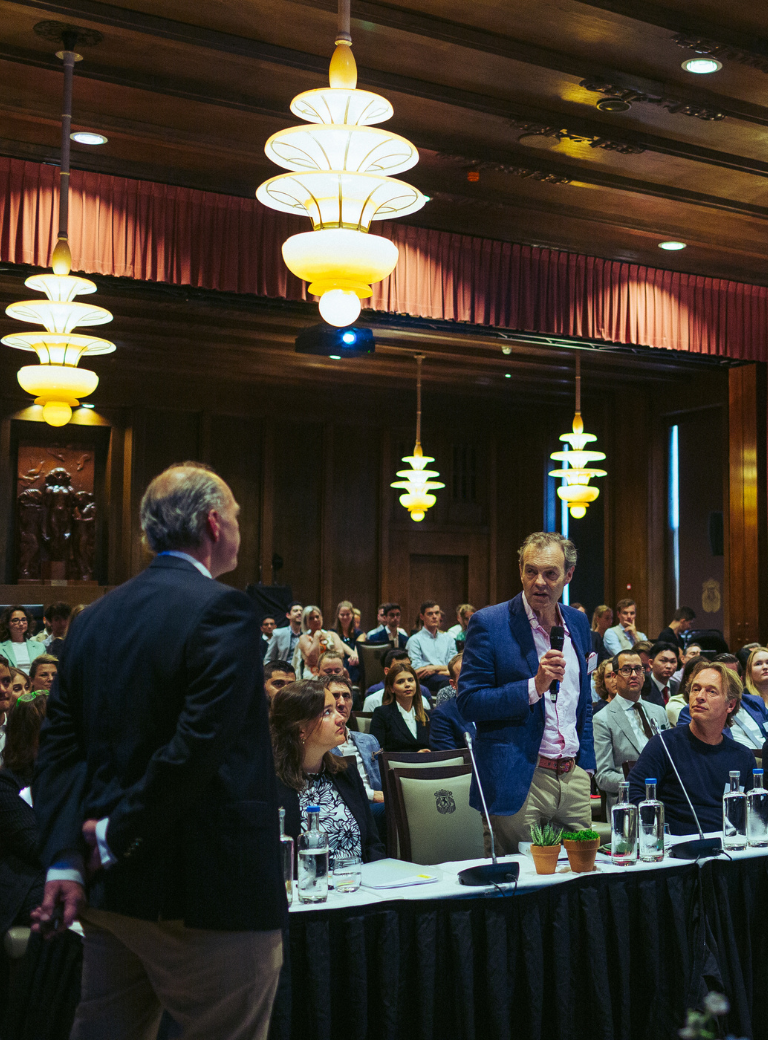

Battling the crisis #2: If dumping room rates is not smart, then why do we keep on doing it?
According to Arne Sorenson, Marriott’s CEO, the short term effects of the corona crisis are bigger than those of 9/11 and the bank crisis combined. Occupancy rates have decreased by 90% in heavily affected areas, and by 70% in mid-heavy regions. This is negatively changing day to day. Hotels are closing their doors. With such occupancy rates, the exploitation costs are simply too high. What are we going to do later when doors can open again? Are we once more going to be pulling off large stunts with room rates? Why do we do this? Haven’t we learned anything from previous crises? Isn’t dumping room rates dumb?
Business will come back… It always does. When will this happen? That is the question. The big question, once everything has picked up and people are traveling again is, “What are we going to do with ADR?” And why is this even a question? When we come out of the crisis, we are also not all of a sudden going to pay less for our computers, telephones, cars, etc, right? It is different in our industry. We started varying room rates in order to anticipate changes in demand and to capitalize on differences in “willingness to pay” between different market segments. So, if the demand for travel reaches its original level, there is no need to speak of a decrease in room rates, right? Unfortunately, this is not the case. Moreover, after every crisis we have seen a sharp decline in ADR whilst the occupancy rates were slowly crawling back up. And as soon as occupancy is back to its old level, it still takes a very long time for ADR to follow… Often years later. Why does this happen and what can we do to prevent it?
Game theory
In order to able to answer this question, we need to go back to Adam Smith’s lessons. The founder of modern economics believed in a market system whereby the individual goal serves the common good. So, if a return of demand slowly presents itself hotels will offer rooms with hefty discounts in order not to miss out. This lowering of room rates is often done under pressure from owners or investors. The downward spiral is a fact: a scenario that hotel owners fear. It is something that they all want to avoid, and yet is difficult to prevent. John Nash, an American mathematician who won a Nobel prize for his contribution to game theory, provided irrefutable proof of this. With his game theory, the strategic interactions between “players” (read: hotels) are studied with the use of mathematical models. Nash proves that even though the lowering of room rates will lead to a decrease in revenue for all (!) hotels, it is still very likely that they do so anyway. He thus proves for markets, such as the hotel market where competitors can determine their own rates, that Adam Smith was (partially) wrong. Individual ambition does not serve the common good.
Practical example
Only a few hotels that have taken the decision to lower their rates are needed to put pressure on rate lowering across the line. You simply give your competitors no choice. Play “the game” or lose market share and revenue. This becomes very different if the total demand in the market significantly increases as a result of the lowering of rates. Reality shows that this is not the case after a crisis whereby all players lose revenue compared to their original starting point. The model shown below demonstrates how this can work.

AImagine that hotel A has decided not to adjust room rates. Hotel B follows. This situation is shown above as option 3 whereby, to make things easier, the result for both hotels is 20. Occupancy for both hotels is 50%. If hotel B decides to lower the ADR by 20%, it will lead to a significantly higher occupancy rate, say 75%. As a result, the results of hotel B increase to 30, but the results of hotel A decrease to -10. This action from B is at the expense of hotel A. When hotel A considers making a counter move, there are two options that could improve its situation: Follow with option 2 (ADR-20%) or hit back hard with option 1 (ADR-40%). Hotel A’s results increase from 10 to 20 respectively. Hotel A decided to follow. This brought Hotel B’s results from 30 to 10. Because hotel B can still improve its results after this setback, it decides to lower the rates even more (option1). In this way, both hotels come to zero, when their results could have been 20 (if they had decided not to start a price war). This is also referred to as the Nash equilibrium. In game theory, this is the result of a noncooperative game (without collusion), where two or more hotels are involved, and are aware of the other hotel’s strategy, and not a single hotel still has something to gain by only changing its own strategy. Indeed: once landed in cell 0,0, it is for both hotel A and B no longer any option to improve results, unless they decide to form a cartel and change the strategy together. This is because the result of each hotel’s strategy not only depends on their own ADR-strategy, but also on the other hotels’ options. It also does not matter at which start position (the strategic interaction) the game begins. The two hotels will repeatedly come out in the lowest option; there is always at first a strategic option where the reaction to the counter move will bring improved results. The occupancy rate has (lightly) increased, but the ADR is losing out.
In whose interest
In the movie “A Beautiful Mind” John Nash said that Adam Smith’s lessons must be revised. “Individualism serves the common good” should become “The best results are achieved when what you do is best for YOU and the group." The best for a hotel AND its competitors is to keep the original ADR level. The challenge lies in how you as a hotel can achieve this.
Time will tell
The knowledge of game theory is the beginning of preventing a downward spiral. Past experiences are thereby essential. Historical data has shown that during 9/11 and the bank crisis, it took ADR four times longer to come back to its old level than the occupancy rate. Even though an increase in travel will spur hotel occupancy, it is once again game theory that will let us see what influences the dynamics surrounding the ADR. Who will be the first to raise? And will that cost me business? A process that in itself creates a lot of action and reaction. Time is therefore such a critical factor when it comes to lowering of room rates and the extent of the loss of potential revenue. Hopefully hotels, with more available data than ever before, and messages and articles being posted on all sorts of social media platforms, will be more cautious than ever and not rush into making decisions concerning room rates. The more conservative the lowering of ADR, the faster hotels can recover.
This paper was originally published in Dutch by Hospitality-Management.nl
Click here to read the full paper in Dutch
----------------------------------------------------------------------
About the author:
Paul Griep has educated generations of revenue managers at the Hotel School The Hague, where he is furthermore working as Director of Alumni & Industry Relations. Jean-Pierre van der Rest is professor of business studies at the University of Leiden. He conducts groundbreaking research on hotel revenue management and business failure.





